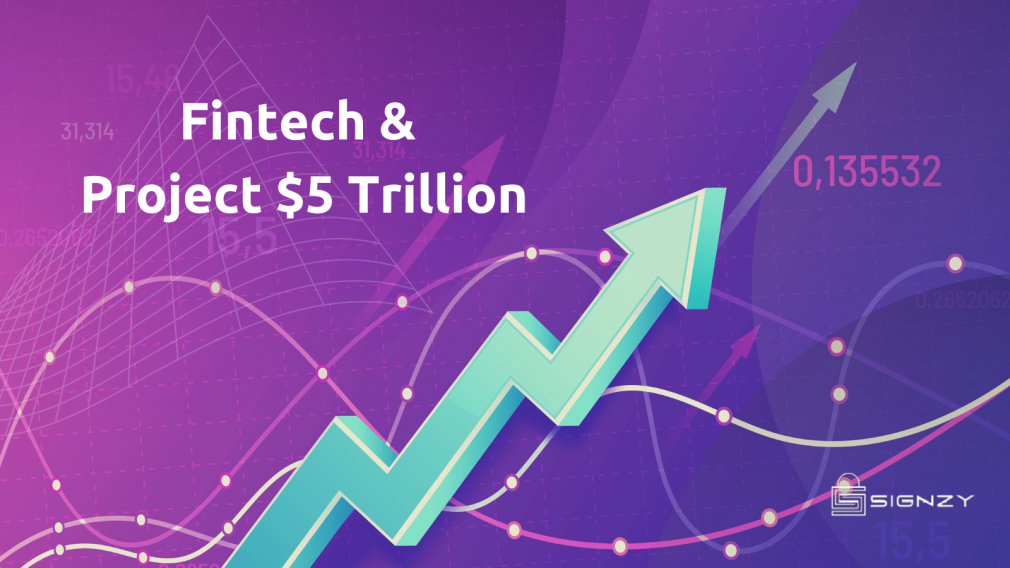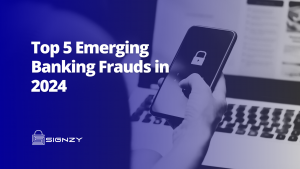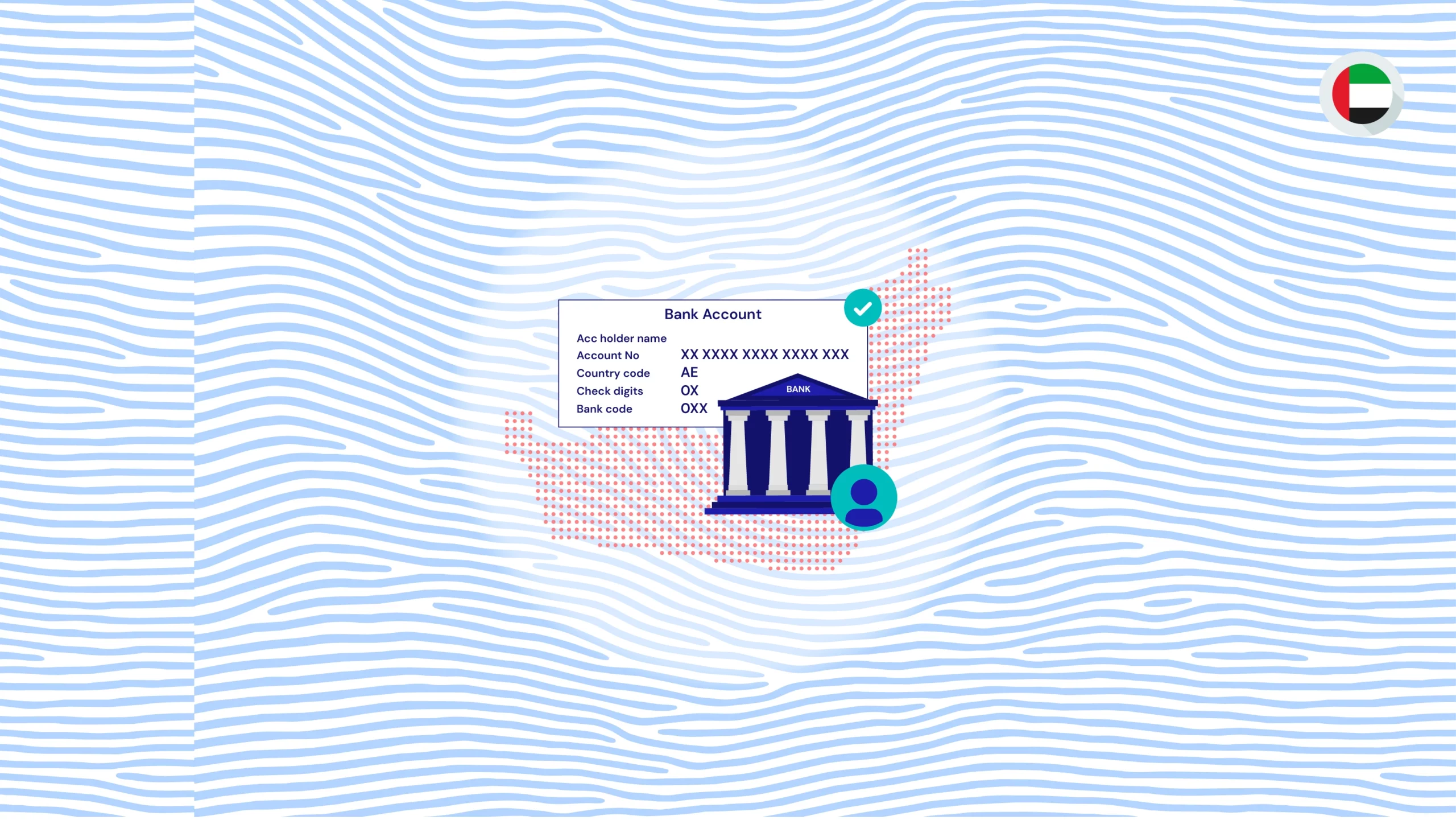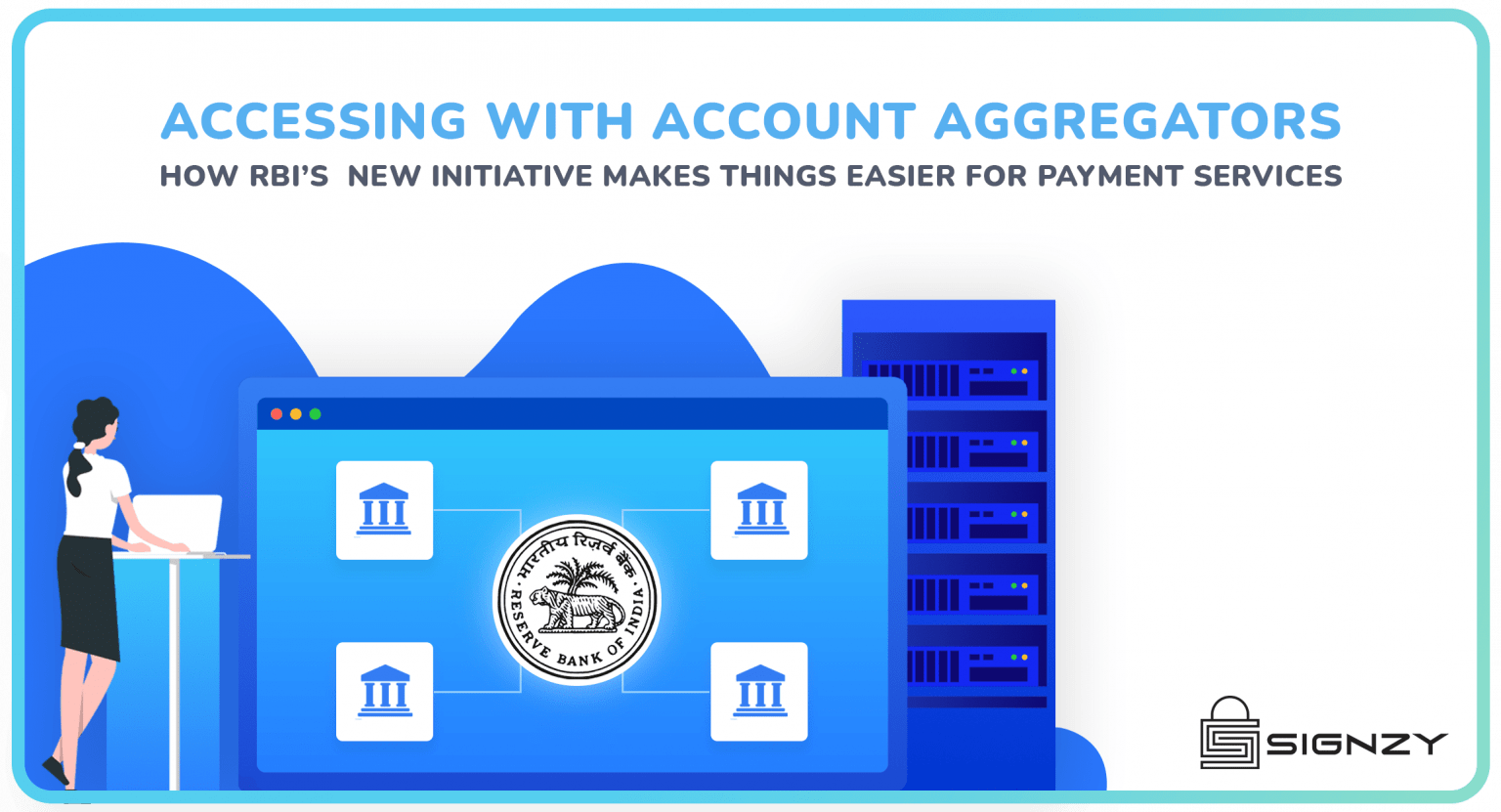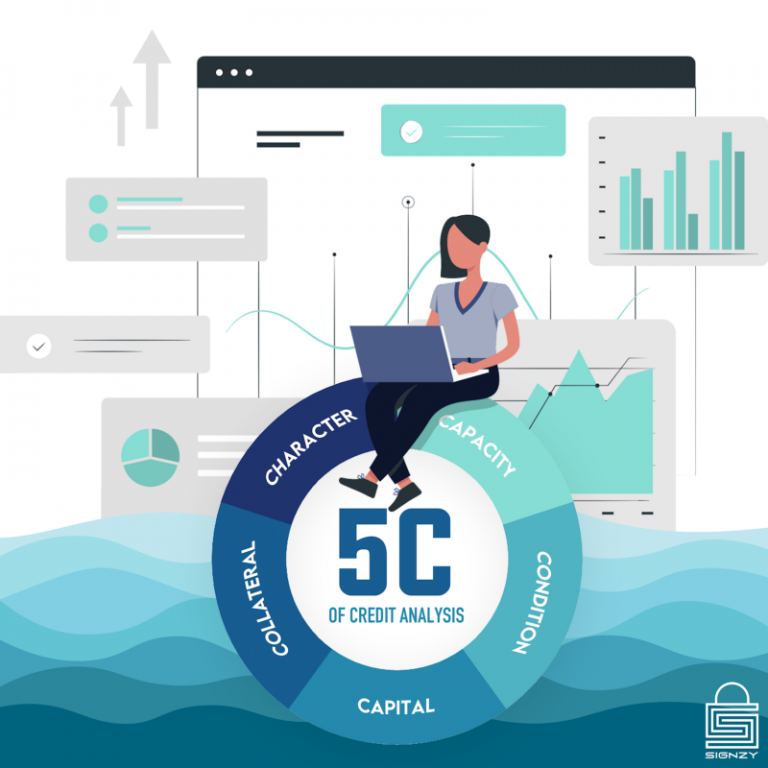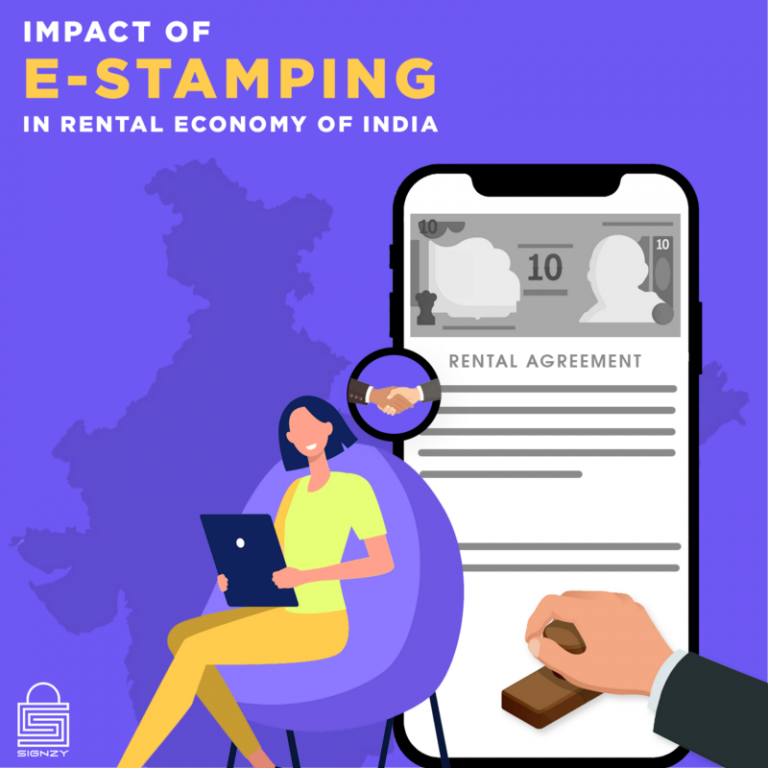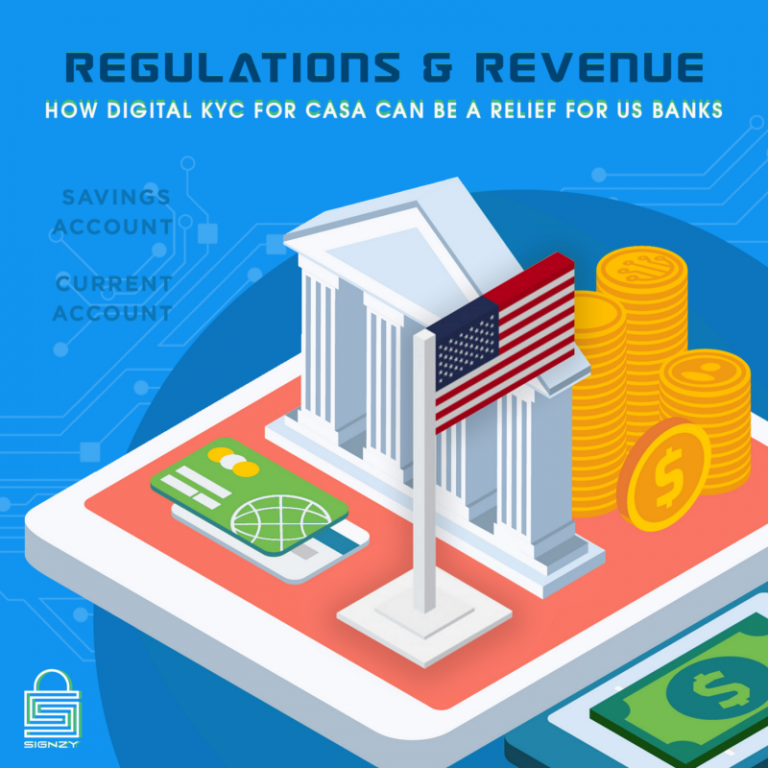As India sets its sights on achieving a $5 trillion economy by 2026, the fintech industry emerges as a pivotal player in this grand vision. Combining the power of technology with finance, fintech is transforming traditional banking, facilitating seamless digital transactions, and bridging the financial inclusion gap in the country. With its ability to offer innovative solutions, from digital payments to alternative lending, fintech is not just modernizing the financial landscape but also catalyzing economic growth by driving investments, creating jobs, and enhancing consumer experiences.
In 2019 Prime Minister Narendra Modi envisioned making India a titan with a USD 5 trillion economy and a global powerhouse by 2024-25. With this, India would be the third largest economy in the world with every financial company powering the change.
Although almost all industries have contributed to India’s growth in the past decade, financial technology significantly impacts achieving the goal. A major factor for this is the relentless adoption of automation in the sector.
India’s digital journey has been a unique one. It probably started with the Digital India campaign in 2015, which aimed to promote greater financial inclusion – India’s population has grown to over 1.4 billion, and significant steps have been taken toward digitization.
The Government’s Role In The Fintech Industry
The government-initiated campaign had three main components:
- Digital Infrastructure Creation
- Digital Delivery of Services
- Digital Literacy
To a large degree, the movement empowered the people and continues to impact the country’s growth positively.
Today, we have the following:
- Aadhaar ID system
- Unified Payments Interface (UPI)
- Enhanced internet connectivity
- A nation with a large portion of digital natives
- Some of the fastest-growing and most successful fintech industry startups
With the digital revolution that has been happening, people are getting greater and easier access to financial services. This fundamentally changes consumers’ financial behavior from a preference for cash to e-wallets and UPI. UPI is one of the significant driving factors in India that has gotten consumers to use payment services on their mobile phones. Changing payment habits are driving changes in banking and financial services in India.
Financial Companies Into E-Commerce
As e-commerce took off in India, with companies like Amazon and other e-commerce players entering the market, consumers transitioned to digital payments like Google Pay, Paytm, QR payments, etc.
They also became habituated to using digital authentication methods from:
- Aadhaar XML
- Know Your Customer (Online KYC)
- Use of one-time password (OTP)
- Two-factor authentication (2FA)
Some of these were introduced out of necessity to cater to consumers in cities with varying internet access and mobile penetration levels.
As account opening modes transform from in-person transactions to in-person remote events, the question, ‘is the client legitimate?’ becomes difficult to answer. Moreover, with the growth of digital businesses comes the growth of fraud and risk. So it’s critical for banks, financial services providers, and non-financial banking institutions (NBFCs) to ensure a secure verification process from the point of onboarding.
Interestingly, over the last few years, video/online KYC has revolutionalized the KYC process between banks and consumers, whether it happens in person or remotely. In addition, consumers have also become habituated to smartphone verification as it becomes part of an account opening process or ongoing banking transactions.
Fintech For Five Trillion- Together, We Shall
The payments revolution also drives other shifts within the ecosystem, particularly in the lending industry, as banking and financial services move away from conventional operating methods. We are seeing more “openness” from the overall digitization of products, services, and offerings to API unification across some of the larger banks in India. Banks also collaborate with fintech industry startups to bring some innovative products to life.
These collaborative projects, along with new initiatives by the government, including the open banking drive, have propelled India to the forefront.
At the organization level, high-growth companies need working capital to ensure their innovative ideas and services can launch successfully. These companies may be smaller compared to typical multinational corporations. If they are being evaluated using traditional financial instruments used by banks and NBFCs, they would be less likely to get approval for the loans required because several data points wouldn’t be available. As part of the government’s vision to bring the Indian population into the digital age, IndiaStack and other vital frameworks help make some of these data points available.
On the consumer level, with the amount of transactional data available as digital activity increases, data privacy and security will be of concern. For example, how risk profiles are being built from payment transaction data, what is in payment transaction data, how fraud is being managed, etc. – these topics that we often hear from consumers, banks, and the fintech industry.
Fintechs Are Improving
Although Fintech has seen considerable developments in the past few years, creating a new-age financial framework in a country with diverse demographic and linguistic diversity can be daunting.
All stakeholders, from banks, fintech companies, financial services firms, government regulatory institutions, and value-added services, must address the current challenges and ensure inclusive growth through valuable innovative services and products.
Some more improved and relevant fintech innovations include:
- Fraud-proof e-Stamp with unique identification number
- E-Way bill – a goods movement compliance mechanism
- GeM- Government e-Marketplace
- TReDS- Trade Receivables Discounting System that facilitates MSMEs to receive payments from any corporates through e-banking rightly
- GSTN for any checking claim on input tax credit
- Bharat Bill Payment System- an integrated bill payment system where customers can through a network of registered agents through multiple payment modes.
It is necessary to supplement these initiatives with strong policy measures that enable their adoption at scale rather than just being siloed and fragmented success stories.
New-To-Credit (NTC) Customers And Risk Management
India’s current credit gap is nearly INR 16.6 lakh crore. Most of these are small-ticket loans sought by New To Credit(NTC) customers or individuals. They are usually unserved or underserved by conventional financial companies. Financial technology startups are striving to bridge this credit gap with flexible loans. They combine low-cost digital payment modes with innovative delivery models and data science to assess creditors’ creditworthiness and avoid payment defaults.
Many verification tech providers using traditional data points effectively exclude most of India’s population because many of us are new to credit. An excellent financial technology service provider should ensure accessibility with documents such as passports, driver’s licenses, residence permits, and of course, Aadhaar. They need to provide the right resources
Alternative credit scoring is also part of our solution for Indian companies. Credit scoring impacts how businesses evaluate their prospects and customers, from insurance to Ola or Uber rides. Consumers without specific financial data points aren’t necessarily unlendable. De-risking through a broad exclusion of NTC customers in India means losing out on a significant potential consumer base. Multi-platform score, joint modeling, and email detection are part of what we can offer as a more comprehensive alternative scoring solution. I think it’s also noteworthy that these data and insights don’t just help verify customers; they also help businesses build a better understanding of their customers and make better decisions for a longer-term business impact.
Why And How Signzy Enables Financial Companies With The Goal
At Signzy, we consider all the above concerns while crafting solutions. To improve digital payment penetration, we create resources that require very little expertise to integrate and, more importantly- use.
NTC customers need special attention, which we ensure with good ID Optical Character Recognition (OCR) for documents and Face Recognition tech for individuals. It will help make sure businesses can recognize high-risk and unsuitable customers right at the beginning and in an automated fashion.
All this is done using No-Code AI-driven resources that can be integrated seamlessly. We also have patented tech and no code workflow builders that shape the new edge tech required in the market.
So if you seek to improve your venture’s processes, Signzy certainly can help you. Check out our website.
About Signzy
Signzy is a market-leading platform redefining the speed, accuracy, and experience of how financial institutions are onboarding customers and businesses – using the digital medium. The company’s award-winning no-code GO platform delivers seamless, end-to-end, and multi-channel onboarding journeys while offering customizable workflows. In addition, it gives these players access to an aggregated marketplace of 240+ bespoke APIs that can be easily added to any workflow with simple widgets.
Signzy is enabling ten million+ end customer and business onboarding every month at a success rate of 99% while reducing the speed to market from 6 months to 3-4 weeks. It works with over 240+ FIs globally, including the 4 largest banks in India, a Top 3 acquiring Bank in the US, and has a robust global partnership with Mastercard and Microsoft. The company’s product team is based out of Bengaluru and has a strong presence in Mumbai, New York, and Dubai.
Visit www.signzy.com for more information about us.
You can reach out to our team at reachout@signzy.com.
Written By:

Signzy
Written by an insightful Signzian intent on learning and sharing knowledge.
